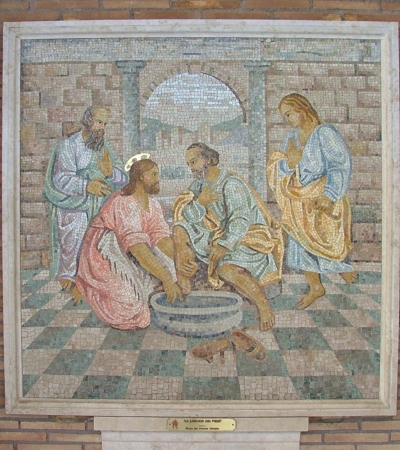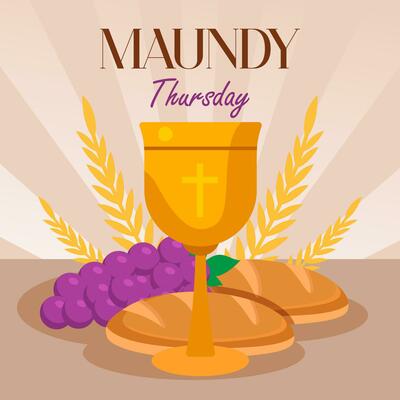Celebrating the Maundy Tradition and Its Collectable Coins
On Thursday, April 17, 2025, an ancient and cherished ceremony will take place at Durham Cathedral. King Charles III and Queen Camilla will attend the Royal Maundy Service, where the King will distribute small leather purses to 76 men and 76 women in recognition of their Christian service. These purses contain legal tender coins, specially struck for the ceremony at the personal request of the monarch.

The Significance of Maundy Coins
Maundy coins are unique, not only because they are produced in exceptionally low quantities but also due to their direct connection to the monarch. The King personally signs the order to create them and distributes them to the recipients, who are traditionally pensioners selected for their work in the church or local community.
Origins of Royal Maundy
The Royal Maundy ceremony traces its roots back to the Bible. On the Thursday night before his crucifixion, Jesus instructed his disciples to love one another as he loved them. This command forms the opening words of the Maundy ceremony, with the term "Maundy" being derived from the Latin "mandatum," meaning command. The feet of his disciples were then cleansed as an act of solidarity and love.

An Evolving Tradition
The tradition of making the number of Maundy recipients equal to the monarch’s age began in 1363 with King Edward III. Over the centuries the ceremony has evolved, with significant changes introduced by various monarchs. For instance, Queen Elizabeth I substituted the gift of her robe with twenty silver shillings, leading to the introduction of a second monetary gift and the use of two purses: a red one for silver shillings and a white one for pennies.
The Revival and Continuation
The presence of the monarch at the Maundy ceremony waned during the later years of King Charles I's reign. However, King Charles II revived the tradition, and it has continued with varying degrees of royal participation. In the 20th century, King George V re-established the tradition of the monarch personally presenting Maundy purses. Queen Elizabeth II firmly re-established the ceremony during her long reign, and King Charles III continues this cherished tradition.
Maundy Coin Design
Initially, the coins used in the ceremony were no different from those in circulation. However, in 1670, a dated set of specially struck coins appeared for the first time. The design of Maundy coins has varied over the years, with significant changes introduced by different monarchs. Notably, the reverse design and size of the Maundy coins have remained unchanged since 1888, making it the longest continuous coin series in British history.
An Enduring Legacy in Silver
Maundy coins provide a connection to the very first coins struck in Britain over 1,300 years ago. Despite changes in the nation’s circulating coinage, Maundy coins have continued to be struck in sterling silver, highlighting their significance and unique place in British history.
The Maundy Purses
During the ceremony, the monarch personally gives each recipient a red purse and a white purse. The red purse contains £5.50 in circulating currency, representing the robe, food, and clothing allowances, while the white purse contains the Maundy coins minted especially for the occasion. Each recipient receives one set of Maundy coins for every decade of their life, with any remaining years represented in single coins. This year, each recipient will receive seven sets of Maundy coins and an extra six pence, making seventy-six pence of Maundy money in total.
Maundy coins are among the rarest and most treasured coins in the world. Steeped in royal tradition, these pieces of British history are highly collectable and rarely appear on the market. The Maundy tradition and its collectable coins continue to be a cherished part of British heritage, celebrating the enduring legacy of royal generosity and service.




